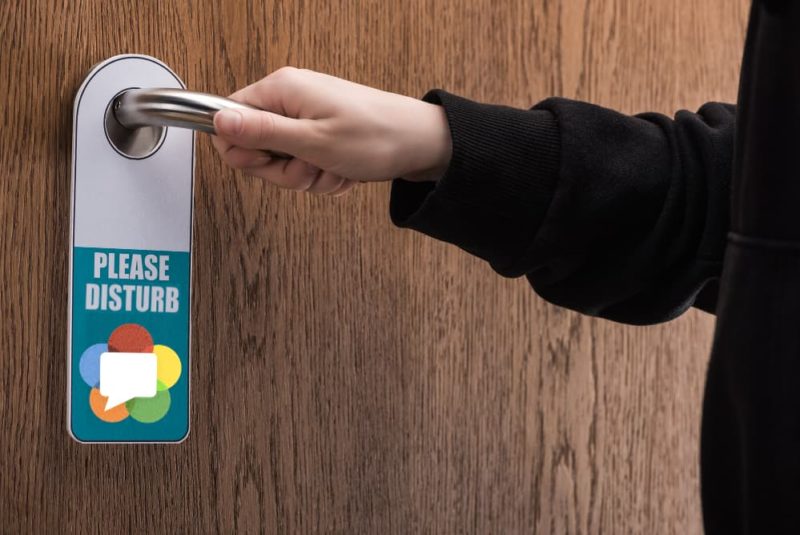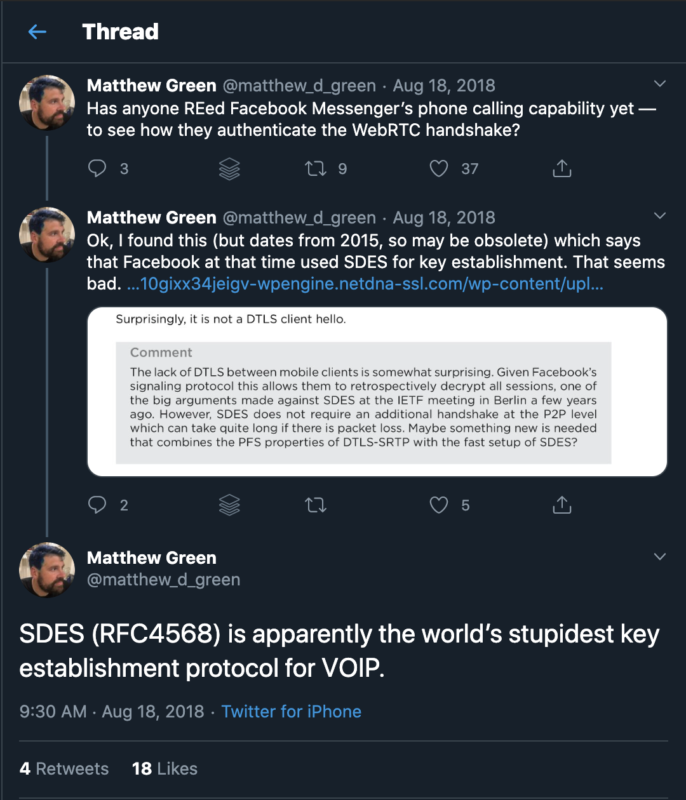Introduction to capture handle – a new Chrome Origin Trial that lets a WebRTC screen sharing application communicate with the tab it is capturing. Examples use case discussed include detecting self-capture, improving the use of collaboration apps that are screen shared, and optimizing stream parameters of the captured content.
Standards
WebRTC Today & Tomorrow: Interview with W3C WebRTC Chair Bernard Aboba
Interview with WebRTC standards co-chair and author, Bernard Aboba. We cover the current status of WebRTC and where it is headed including WebRTC-NV, Simulcast, SVC, AV1, WebTransport, WebCodecs, ML and more.
Implementing REDundant audio on an SFU
Chrome recently added the option of adding redundancy to audio streams using the RED format as defined in RFC 2198, and Fippo wrote about the process and implementation in a previous article. You should catch-up on that post, but to summarize quickly RED works by adding redundant payloads with different timestamps in the same packet. […]
RED: Improving Audio Quality with Redundancy
Back in April 2020 a Citizenlab reported on Zoom’s rather weak encryption and stated that Zoom uses the SILK codec for audio. Sadly, the article did not contain the raw data to validate that and let me look at it further. Thankfully Natalie Silvanovich from Googles Project Zero helped me out using the Frida tracing […]
Does your video call have End-to-End Encryption? Probably not..
Time for another opinionated post. This time on… end-to-end encryption (e2ee). Zoom apparently claims it supports e2ee while it can not satisfy that promise. Is WebRTC any better? Zoom does not have End to End Encryption Let’s get to the bottom of things fast: Boo Zoom! I reviewed how Zoom’s implements their web client last […]





